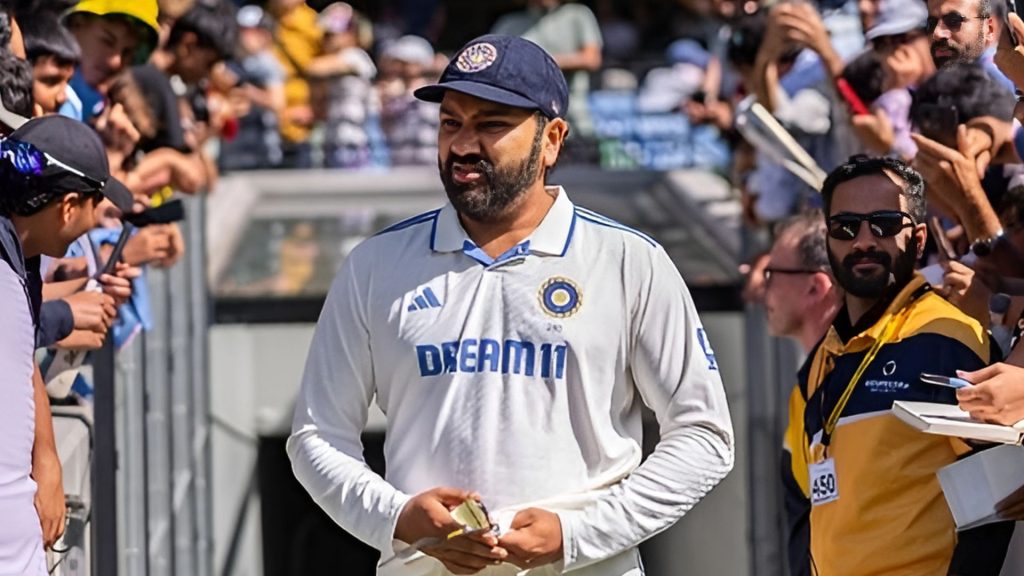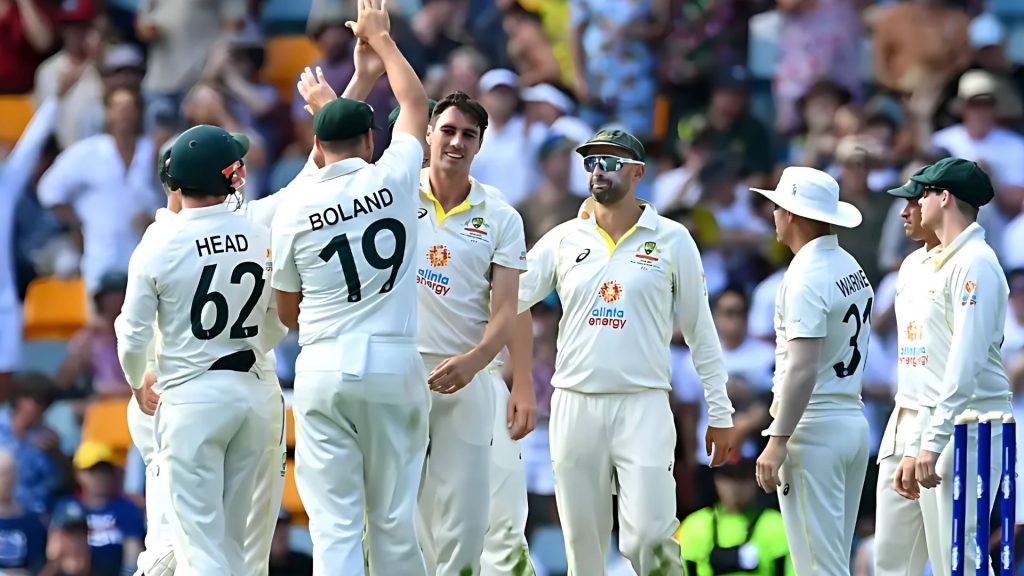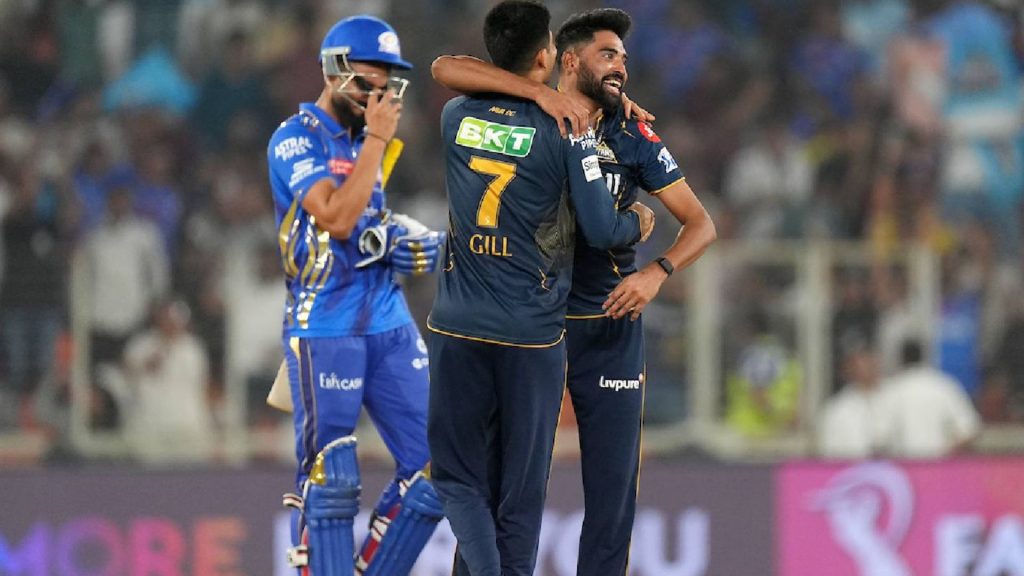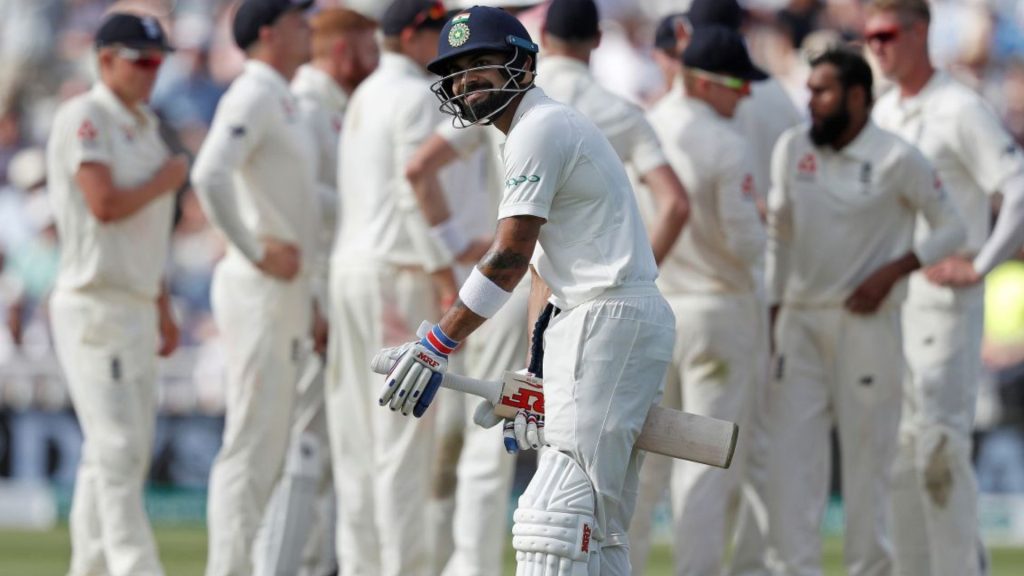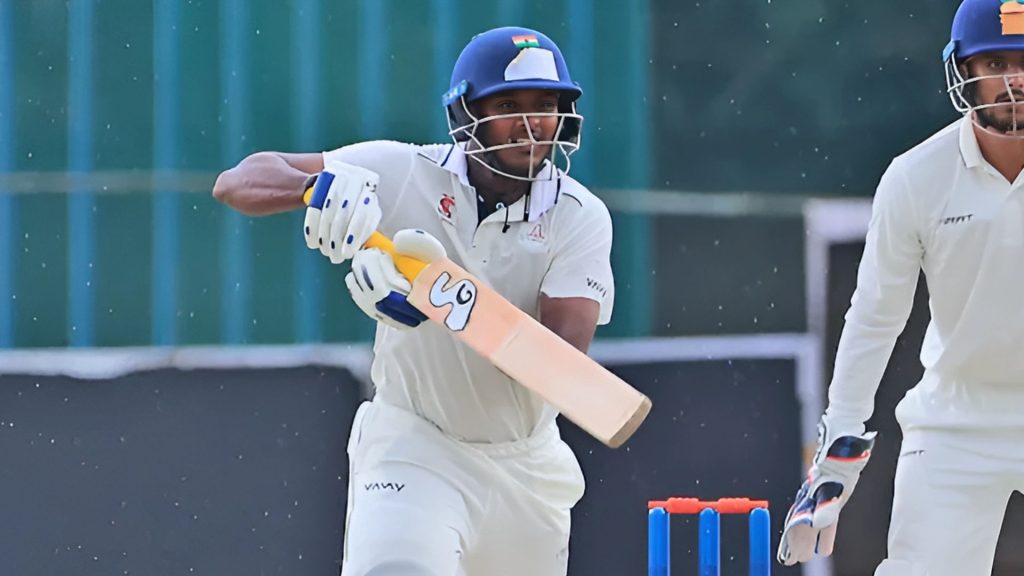In the world of cricket, where every player’s role is pivotal, losing a stalwart like Ben Stokes to injury is akin to a ship losing its anchor mid-storm. The news that has left fans and teammates disheartened is the confirmation of Stokes’ withdrawal from the rest of the summer cricket season, due to a severe hamstring injury. This development marks not just a setback for Stokes but casts a long shadow over England’s cricketing campaigns ahead.
Stokes, known for his aggressive batting and fiery bowling spells, has been a cornerstone of England’s cricket team. His ability to alter the course of a game single-handedly has often been England’s trump card in critical matches. The injury, diagnosed after a routine fitness test, was a surprise to many, given Stokes’ reputation for resilience and his consistent performances under pressure. A hamstring injury, especially for a player whose game relies heavily on explosive bursts of speed and agility, is nothing short of a nightmare.
The incident unfolded during a pivotal match where Stokes, in characteristic fashion, was pushing the boundaries of his physical limits. It was during a sharp sprint between wickets that he pulled up, wincing in visible pain, a moment that spelled disaster for England’s hopes. Immediate medical assessments confirmed the worst: a grade two hamstring tear, requiring significant rest and rehabilitation.
The impact of Stokes’ absence is profound. England’s cricket team, under his leadership, has transformed into a formidable force, known for its aggressive approach and fearless cricket. His role as a captain, leading by example with both bat and ball, has been instrumental in shaping the team’s mindset. Without him, the leadership dynamics will shift, and the team will need to adapt quickly, relying more on collective shoulders to carry the burden of responsibility.
In terms of strategy, the absence of Ben Stokes forces a recalibration in England’s game plan. His role as a bowling all-rounder meant he could bowl crucial overs in the middle, keeping the opposition guessing. His departure leaves a gap in the bowling lineup, which the selectors will have to address urgently. This could mean promoting existing players or calling up fresh talent from the domestic circuit. Either way, it’s a challenge to find someone who can fill the void left by Stokes’ all-around prowess.
For Stokes, the road to recovery is now the priority. Hamstring injuries, while common in sports, require meticulous care and patience. The recovery timeline, as per medical advice, suggests that Stokes could be out of action for several months, necessitating a phased return through gradual fitness drills, followed by net sessions, and eventually, match practice. The mental toll of such an injury, especially for a player as competitive as Stokes, cannot be understated. However, his past resilience and determination suggest that he will approach this setback with the same grit that defines his game.
The English cricket board and team management have expressed solidarity with Stokes, emphasizing the importance of a thorough recovery over a rushed return. The focus now is on ensuring that when he does return, he is not only physically ready but also mentally prepared to reclaim his role as a linchpin in England’s cricketing aspirations.
As the summer season progresses without Stokes, England’s cricket fans will be watching closely, hoping for swift recovery updates while the team navigates its challenges without their star player. The void left by Ben Stokes is palpable, but it’s a testament to his impact on the game that his absence is felt so acutely. Here’s to hoping that the rest of the summer serves as a period of healing, and that Stokes returns stronger, ready to lead England back to cricketing glory.
